
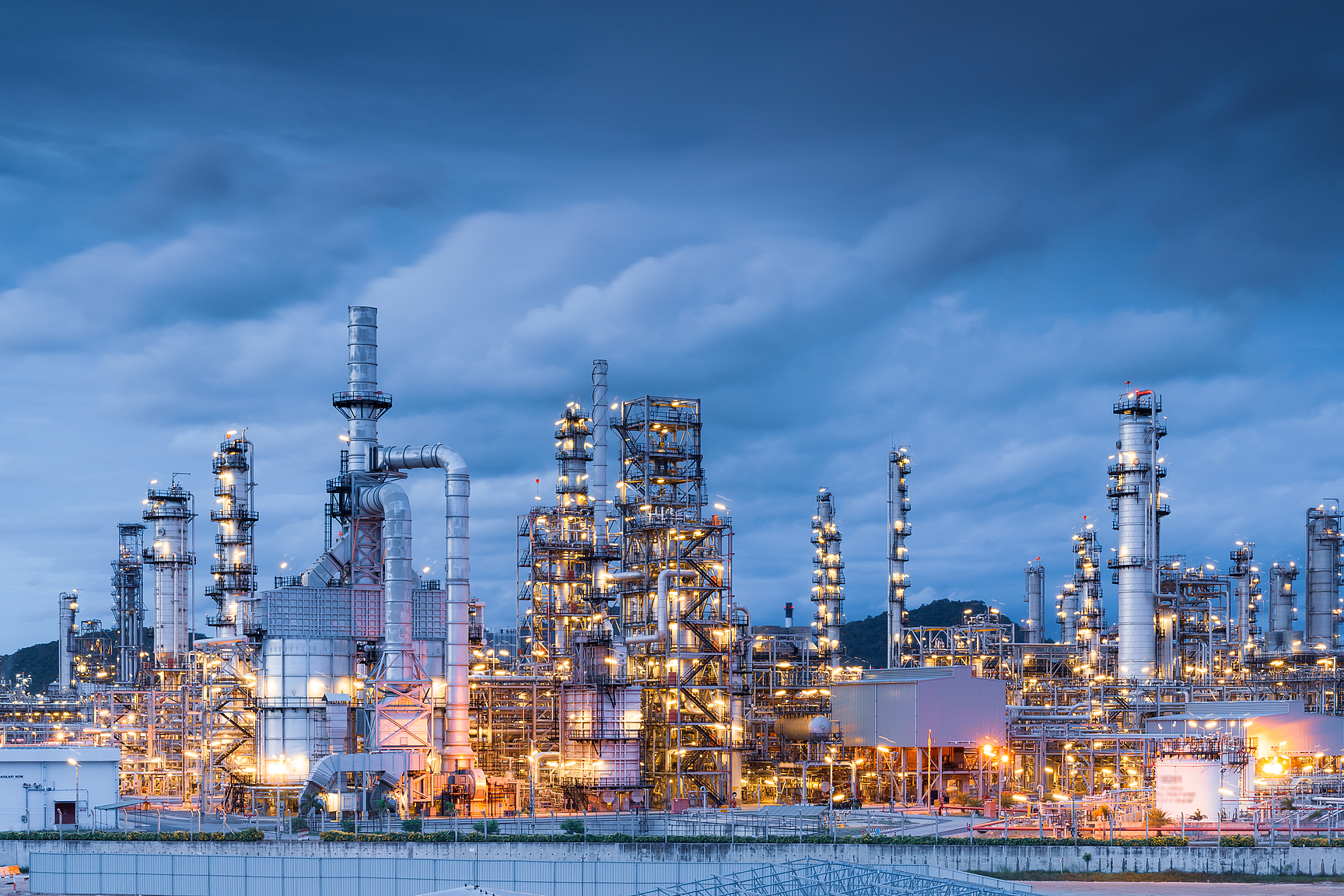
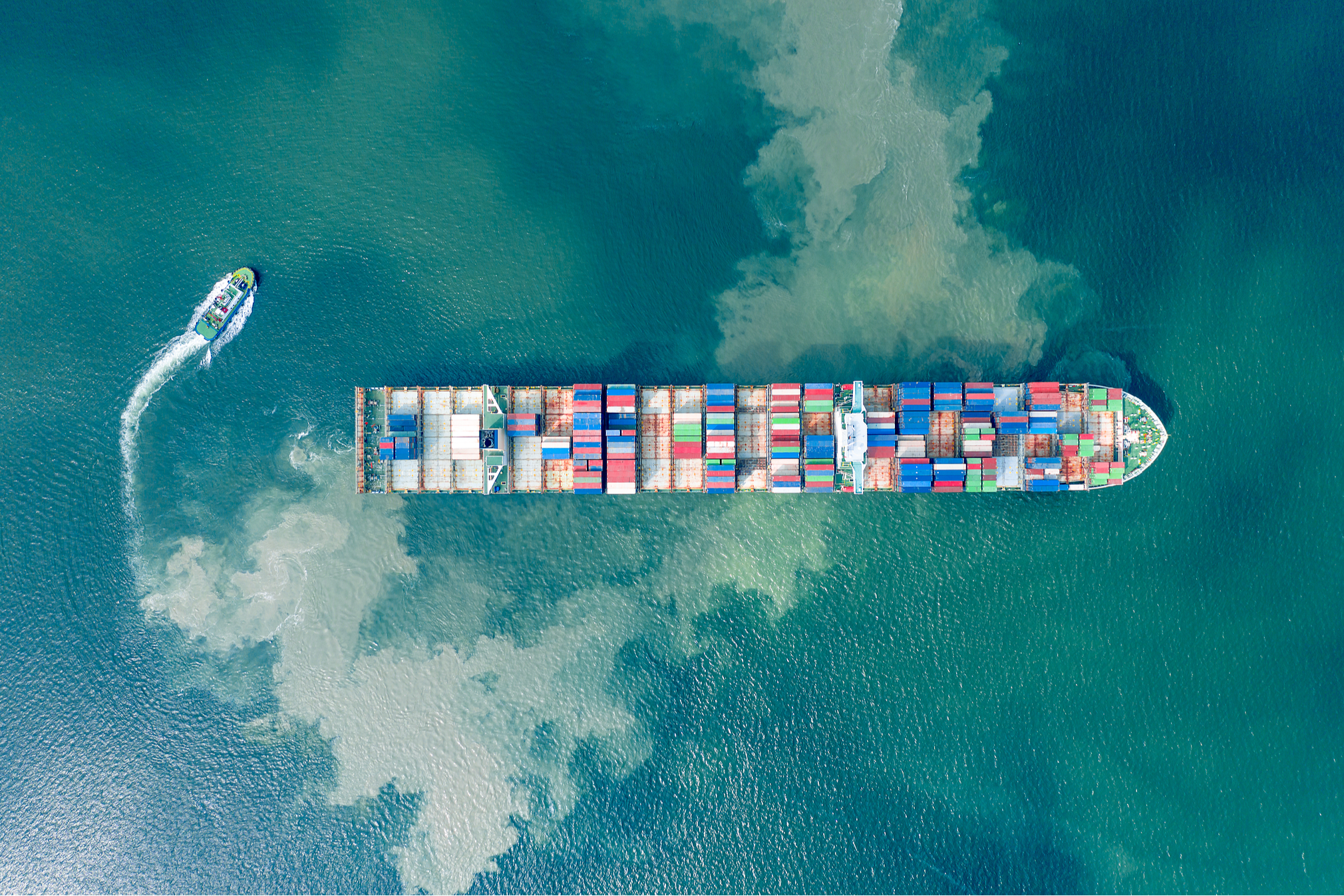
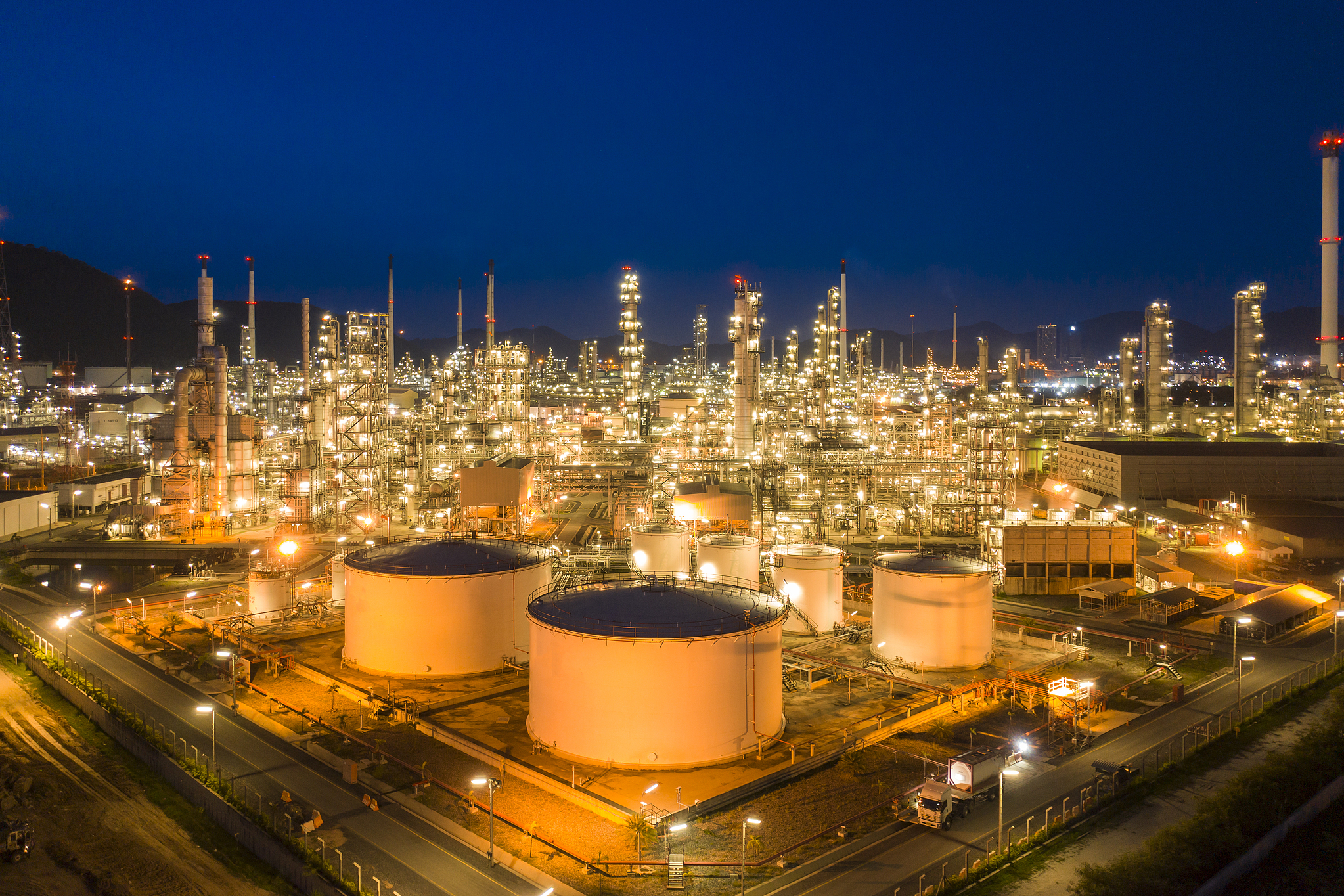


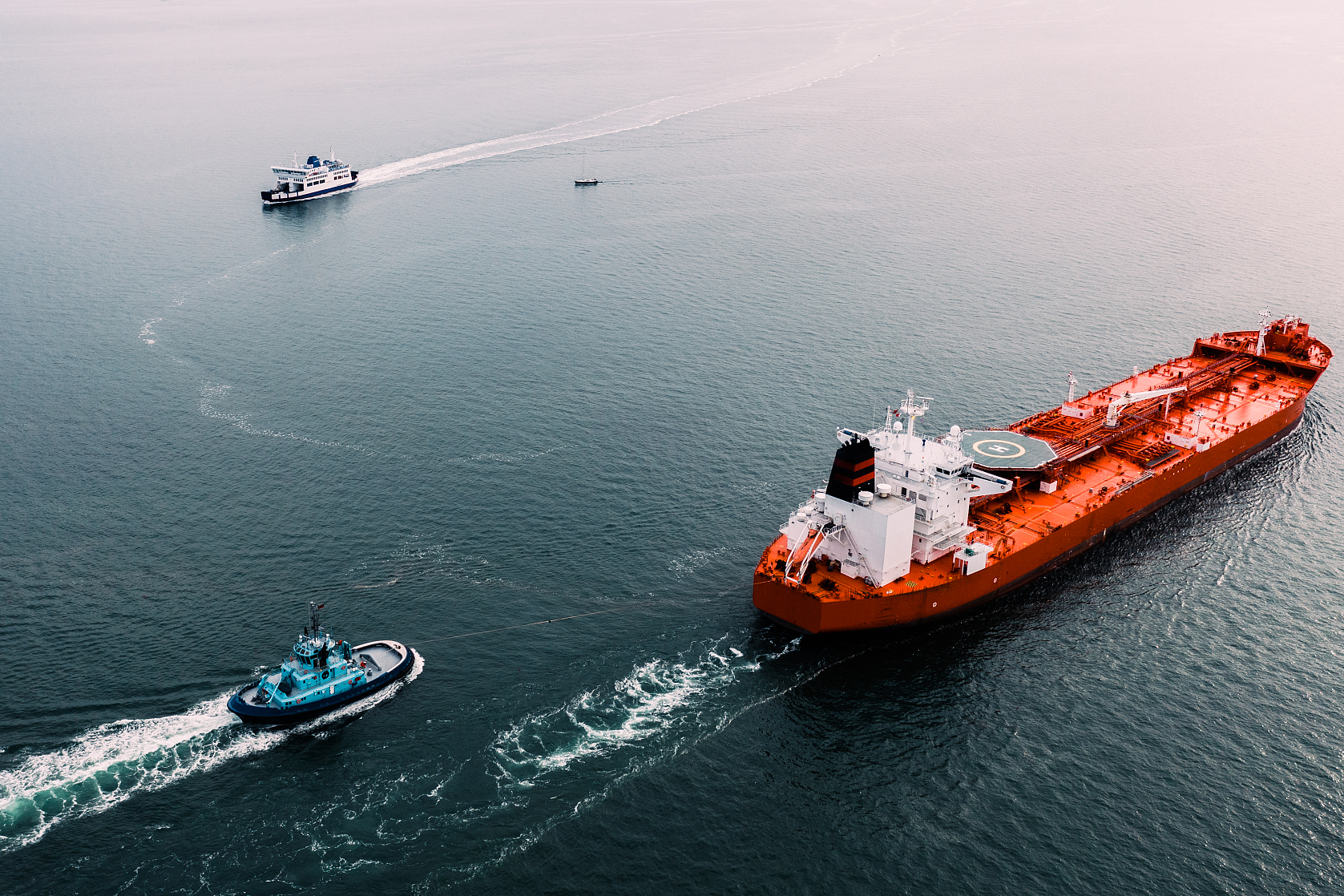


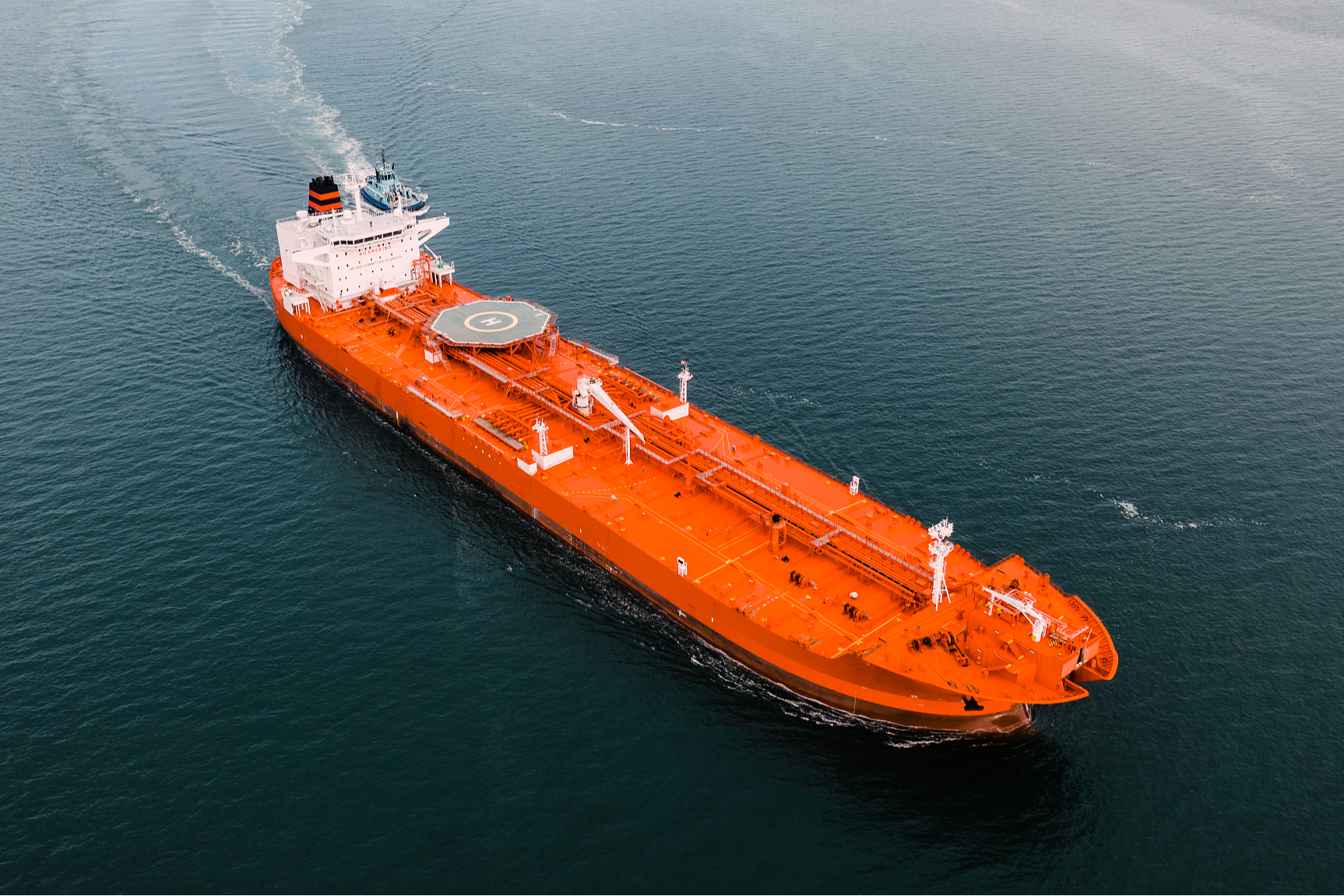
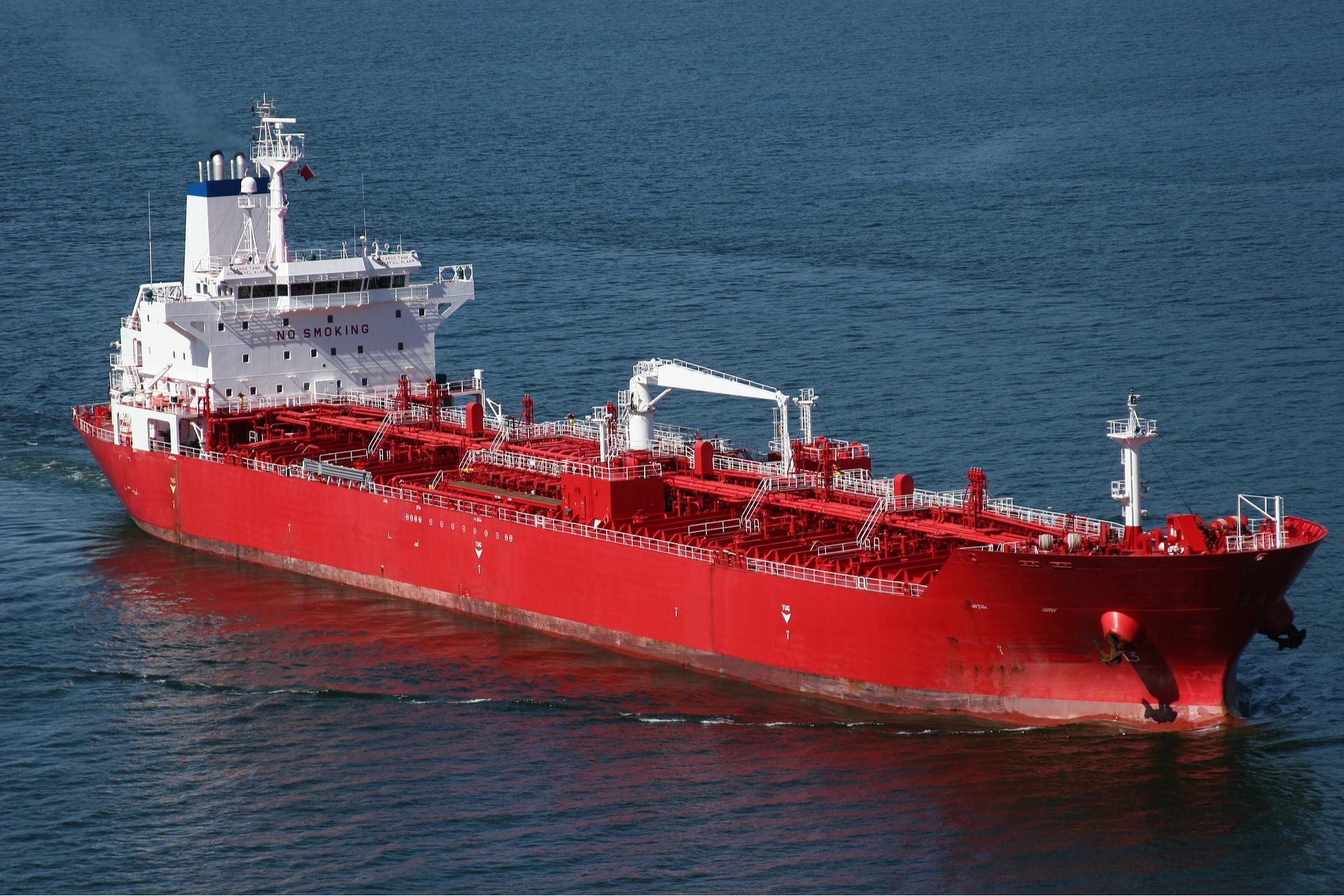

Glacial Acrylic Acid, also known as GAA (C3H4O2), belongs to the family of unsaturated carboxylic acid monomers. What makes it special is its relatively low molecular weight of around 72.06 grams per mole, allowing it to spread quickly through water based systems. When we look at its physical properties, the viscosity measures about 1.3 millipascal seconds at room temperature (around 20 degrees Celsius), making it pretty easy to mix into formulations. The material has a glass transition temperature of approximately 101 degrees Celsius, which means once processed into resin films, these products maintain their shape and integrity even when exposed to heat. However, there's one thing manufacturers need to watch out for: GAA starts to solidify at temperatures below 13 degrees Celsius. This means proper storage conditions are essential throughout transportation and inventory management. If crystals form during storage, they can throw off the distribution of inhibitors within the product and make handling much more difficult on site.
High-purity GAA is essential for consistent resin performance. Industry specifications include:
While higher MEHQ levels (up to 50 ppm) enhance storage stability, they may slow polymerization kinetics during resin synthesis, requiring process adjustments.
Trace moisture exceeding 150 ppm promotes dimerization, forming diacrylic acid and consuming up to 8% of reactive monomer sites. This side reaction reduces acid value efficiency by 12–15% in waterborne resins, as observed in accelerated aging tests (40°C/75% RH). Maintaining moisture below 0.02% ensures ≥98% monomer reactivity over six months when stored at 20–25°C.
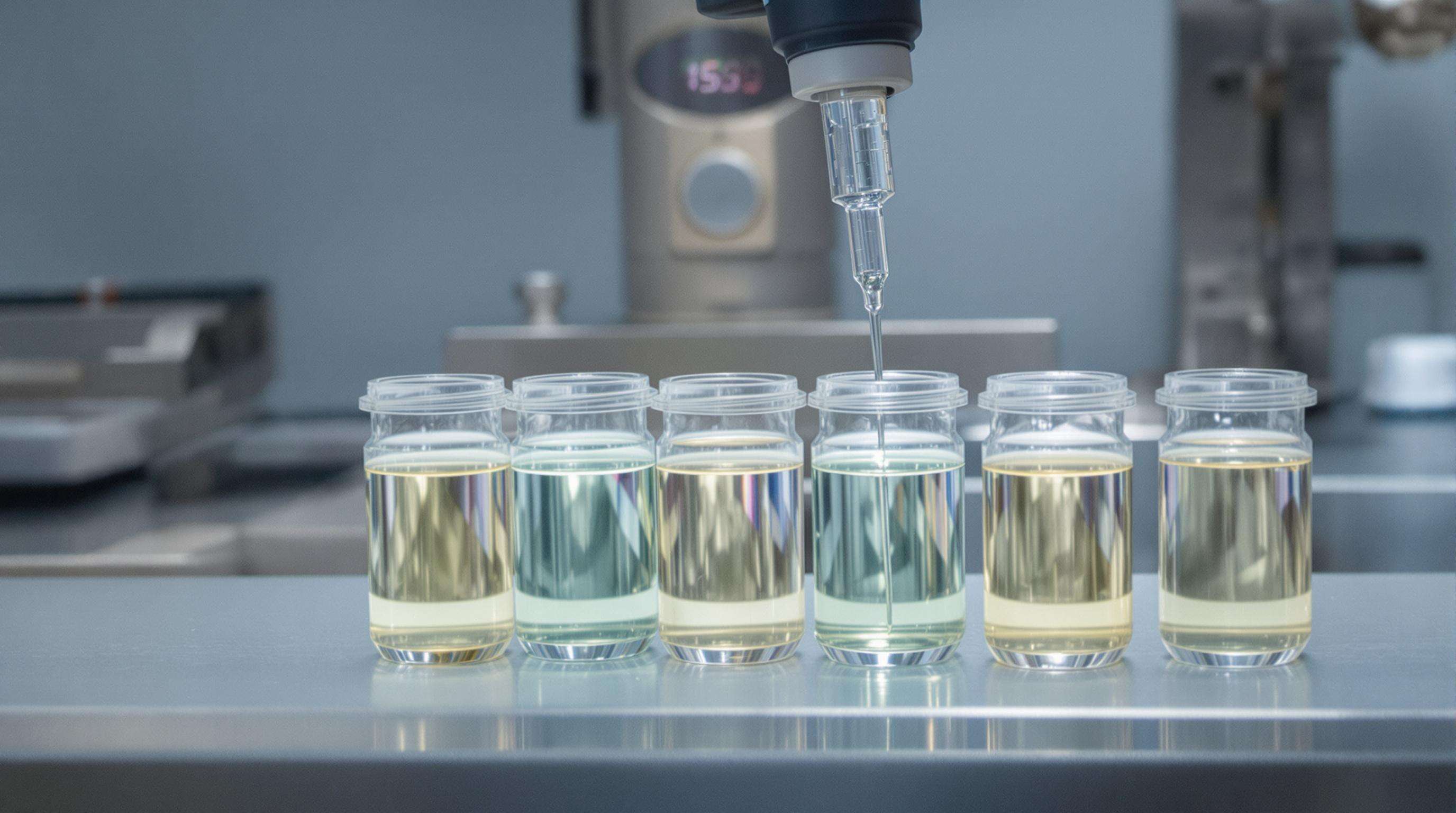
Glacial Acrylic Acid, or GAA for short, works in two ways within water based resins it acts as a reactive monomer and also helps stabilize the colloids. Most manufacturers find good results when they use between 2 to 5 weight percent of this material. When present at these concentrations, the carboxylic acid groups help keep latex particles stable through electrostatic forces, but still maintain enough hydrogen bonding to ensure proper adhesion properties. Recent research from the field of polymer science has shown some interesting findings about GAA performance. Resins containing around 3.2% GAA demonstrated significantly better peel strength compared to standard formulations, reaching nearly double the force before failure occurs. What's particularly impressive is that this improvement doesn't come at the expense of long term stability, with samples remaining usable for over half a year even stored at room temperature conditions.
Acid value (AV) increases linearly with GAA content, requiring careful optimization to balance reactivity and durability:
| GAA Concentration | AV (mg KOH/g) | Water Resistance (h) | Adhesion (MPa) |
|---|---|---|---|
| 2% | 18 | 240 | 3.8 |
| 4% | 34 | 180 | 5.2 |
| 6% | 49 | 90 | 6.1 |
Research shows that keeping AV below 40 mg KOH/g prevents excessive water sensitivity while supporting effective crosslinking with metal ions, making it ideal for durable waterborne coatings.
In a formulation trial using 15–25% hydroxyl-modified acrylic resins, reducing GAA from 5% to 3% doubled water resistance, achieving 800-hour salt spray performance. This supports findings from waterborne coating optimization studies recommending ≤4% GAA for exterior applications requiring both mechanical strength (>80% elongation at break) and hydrolytic stability (≤5% weight loss after 30-day immersion).
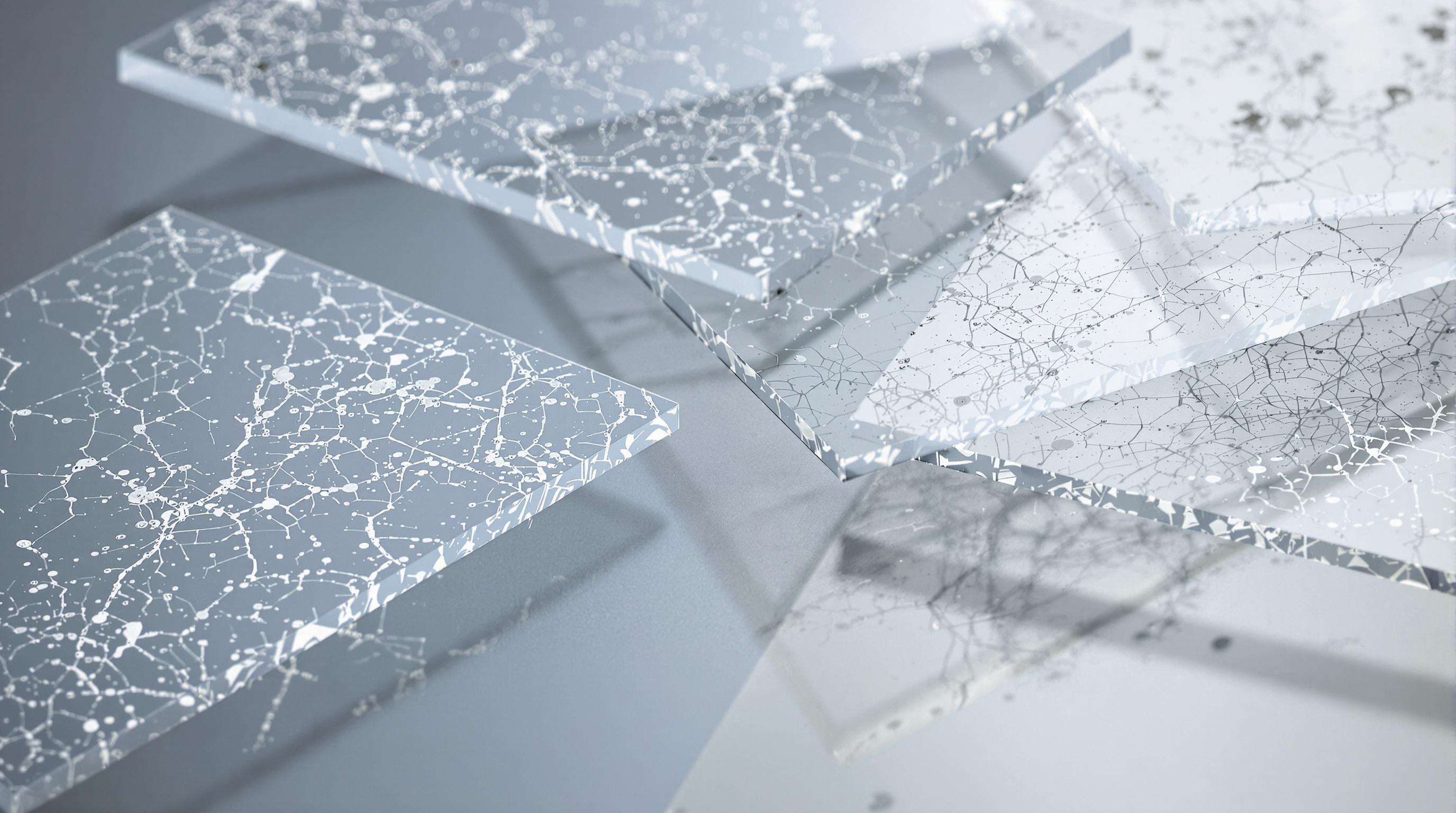
GAA contains carboxylic acid groups that can form chemical bonds with various substances including metal ions like zinc and calcium, as well as aziridine compounds. When the pH level reaches around 8.5 or higher, zinc ions tend to connect with two to three of these acid groups at once. This bonding process actually makes the resulting coatings about 40% harder than those without such crosslinking. For aziridine based crosslinkers though, they need heat treatment above 50 degrees Celsius to work properly. But once activated, they create really stable bonds that resist breakdown from water exposure. That's why many manufacturers prefer them for products exposed to harsh outdoor conditions where durability is absolutely critical.
| Crosslinker Type | Activation pH | Cure Temperature | Bond Stability (ASTM D714) |
|---|---|---|---|
| Zinc ions | 8.5–9.5 | Ambient | Moderate (3,000 cycles) |
| Aziridine | 6.5–7.5 | 50–80°C | High (8,000 cycles) |
GAA exhibits a reactivity ratio of 0.85 with styrene and 1.2 with butyl acrylate, favoring alternating copolymerization in the latter. This allows precise control over acid group placement, with 12% GAA incorporation shown to optimize latex stability and crosslinking density.
Semi-batch addition of GAA during polymerization increases branching density by 22% compared to premix methods. Delayed feeding (after >60% monomer conversion) creates gradient acid distributions, improving tensile strength (35 MPa) and alkali resistance (95% property retention after 168 hours at pH 10).
As global regulations tighten on volatile organic compounds (VOCs), water-based resin manufacturers increasingly rely on Glacial Acrylic Acid GAA to develop high-performance, compliant coatings.
The high purity level of GAA (over 99.5%) helps cut down on unwanted chemical reactions, giving better control over acid values and cutting VOC emissions by around 30 to 40 percent compared to traditional solvent systems. A recent industry analysis from last year showed that formulas based on GAA typically contain less than 50 grams per liter of VOCs, which actually meets those tough LEED and WELL standards for green buildings. What's more, since GAA has such low moisture levels (under half a percent), there's no risk of hydrolysis problems either. This means latex dispersions stay stable even when working with solid contents between 40 and 45 percent, making it much easier to handle during production processes.
When it comes to metal coatings, acrylic resins modified with GAA show around 15 to 20 percent stronger adhesion compared to traditional epoxy hybrids according to those accelerated weathering tests specified under ASTM D4587 standards. Many manufacturers are starting to swap out roughly two thirds of their epoxy resin content for these GAA copolymers when making industrial floor coatings. This switch keeps the necessary chemical resistance intact but cuts down on curing time by about a quarter as per ISO 12944-6 guidelines from 2023. The latest formulas take advantage of the carboxyl groups in GAA materials to create crosslinks without needing aziridines, which means automotive primer coatings can withstand salt spray testing for well over 500 hours before showing signs of degradation. For companies looking to improve both performance and efficiency in their coating operations, these developments represent significant progress worth considering.
Glacial Acrylic Acid is an unsaturated carboxylic acid monomer with the chemical formula C3H4O2. It is used in various industrial applications, primarily as a reactive monomer in acrylic resin formulations.
High-purity GAA, typically over 99.5%, ensures consistent performance in resin applications by reducing unwanted chemical reactions and improving control over acid values.
Excessive moisture in GAA can lead to dimerization, negatively impacting its reactivity and reducing acid value efficiency. Maintaining low moisture levels helps preserve the reactivity and effectiveness of GAA.
GAA helps improve adhesion, stability, and performance of water-based coatings while reducing VOC emissions compared to traditional solvent systems.
 Hot News
Hot News2025-07-25
2025-06-16
2025-04-07
2025-04-07
2025-04-07
2025-12-03

